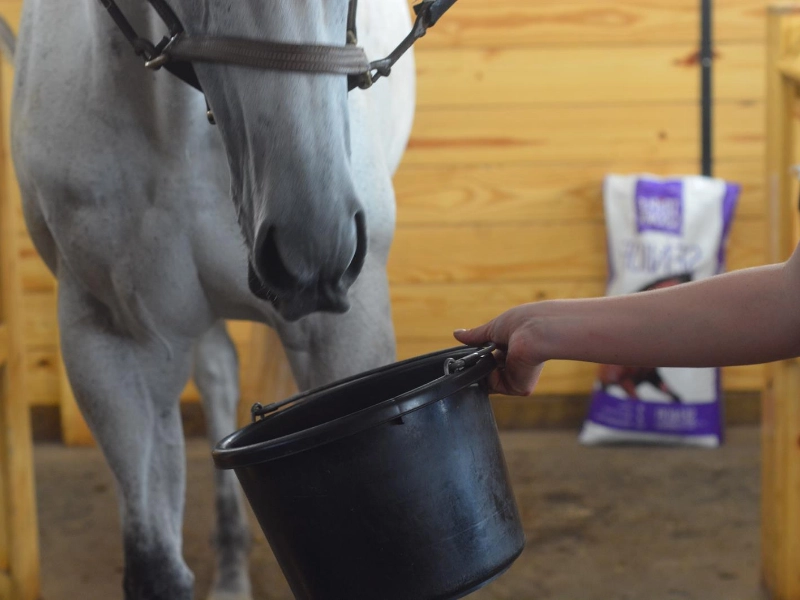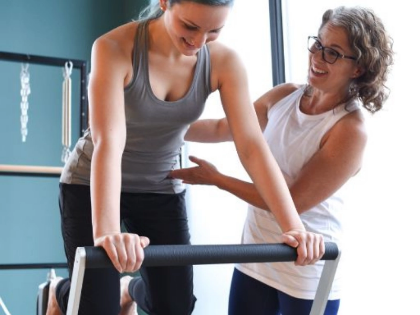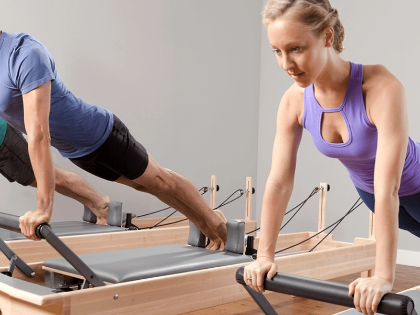Riding Technique Analysis: Enhance Your Form with Video
The development of good riding technique necessitates both physical mobility and steadiness. By maintaining this equilibrium, stress is distributed to the more responsive parts rather than the more fragile and injury-prone ones. The rider can notice that they set a new 5-minute power PR in a race with some windy sectors by looking at the Ride Analysis Chart. They will be able to maximise their potential the following time around with the use of this data.
Examining Videos

After-Ride Evaluation
 After the workout, you will be requested to complete a post-ride survey; however, if you miss it the first time, you can add your response up to seven days later. You can track subjective comments and further customise your training strategy with the help of these qualitative responses.
To maximise the benefits of your upcoming training session, Coach Wharton highlights the significance of utilising your post-ride analysis. He talks over a few crucial parameters that you need to comprehend in order to maximise your training and racing results.
Power, heart rate, time to exhaustion during a submaximal fatigue test, and rating of perceived exertion (RPE) are all covered in this video.
After the workout, you will be requested to complete a post-ride survey; however, if you miss it the first time, you can add your response up to seven days later. You can track subjective comments and further customise your training strategy with the help of these qualitative responses.
To maximise the benefits of your upcoming training session, Coach Wharton highlights the significance of utilising your post-ride analysis. He talks over a few crucial parameters that you need to comprehend in order to maximise your training and racing results.
Power, heart rate, time to exhaustion during a submaximal fatigue test, and rating of perceived exertion (RPE) are all covered in this video.
Video Evaluation
 In the workplace, on the sports pitch, or in the classroom, feedback is essential to learning. Good comments should ideally be brief, cordial, and precise.
Athletes and academics alike can benefit greatly from receiving constructive criticism through video comments. It has the potential to significantly affect students' motivation and performance when given properly.
Nonetheless, a lot of instructors and coaches find it difficult to communicate their observations and ideas clearly while providing video feedback. Numerous things, such as insufficient training, time restraints, and the difficulties in offering unambiguous video feedback on the internet, could be to blame for this. It is possible to give insightful, concise, and understandable video feedback when the appropriate collaboration technologies are used. The secret to providing excellent feedback is to employ a clear script for your video and to never lose sight of your objective. By doing this, you may maintain organisation and avoid exchanging numerous copies of the same film.
In the workplace, on the sports pitch, or in the classroom, feedback is essential to learning. Good comments should ideally be brief, cordial, and precise.
Athletes and academics alike can benefit greatly from receiving constructive criticism through video comments. It has the potential to significantly affect students' motivation and performance when given properly.
Nonetheless, a lot of instructors and coaches find it difficult to communicate their observations and ideas clearly while providing video feedback. Numerous things, such as insufficient training, time restraints, and the difficulties in offering unambiguous video feedback on the internet, could be to blame for this. It is possible to give insightful, concise, and understandable video feedback when the appropriate collaboration technologies are used. The secret to providing excellent feedback is to employ a clear script for your video and to never lose sight of your objective. By doing this, you may maintain organisation and avoid exchanging numerous copies of the same film.
Lessons via Video
 Video analysis is a fantastic option if you are unable to meet with your coach in person (due to distance, family obligations, or travel constraints during COVID-19). A coach who receives your video clips can provide you with in-depth feedback that is specifically targeted at the problem you are facing.
A variety of strategies are used in effective movies to reduce irrelevant cognitive load, maximise relevant cognitive load, control intrinsic cognitive load, and encourage practice and memorization. These include match modality—using visual and auditory channels to transmit complementary information—weeding—removing unnecessary information to minimise distractions—and signalling—using on-screen text, icons, arrows, etc.—to guide learners' attention.
Interpolated questions, which are posed midway during a five-minute video lecture, have been shown to improve student performance on a follow-up exam and reduce students' tendency to daydream (Szpunar et al., 2013). By giving students control over how they navigate the video, such as when including click-forward pauses into a video lesson using YouTube Annotate or HapYak, interactivity can also be used to enhance student learning.
Video analysis is a fantastic option if you are unable to meet with your coach in person (due to distance, family obligations, or travel constraints during COVID-19). A coach who receives your video clips can provide you with in-depth feedback that is specifically targeted at the problem you are facing.
A variety of strategies are used in effective movies to reduce irrelevant cognitive load, maximise relevant cognitive load, control intrinsic cognitive load, and encourage practice and memorization. These include match modality—using visual and auditory channels to transmit complementary information—weeding—removing unnecessary information to minimise distractions—and signalling—using on-screen text, icons, arrows, etc.—to guide learners' attention.
Interpolated questions, which are posed midway during a five-minute video lecture, have been shown to improve student performance on a follow-up exam and reduce students' tendency to daydream (Szpunar et al., 2013). By giving students control over how they navigate the video, such as when including click-forward pauses into a video lesson using YouTube Annotate or HapYak, interactivity can also be used to enhance student learning.










